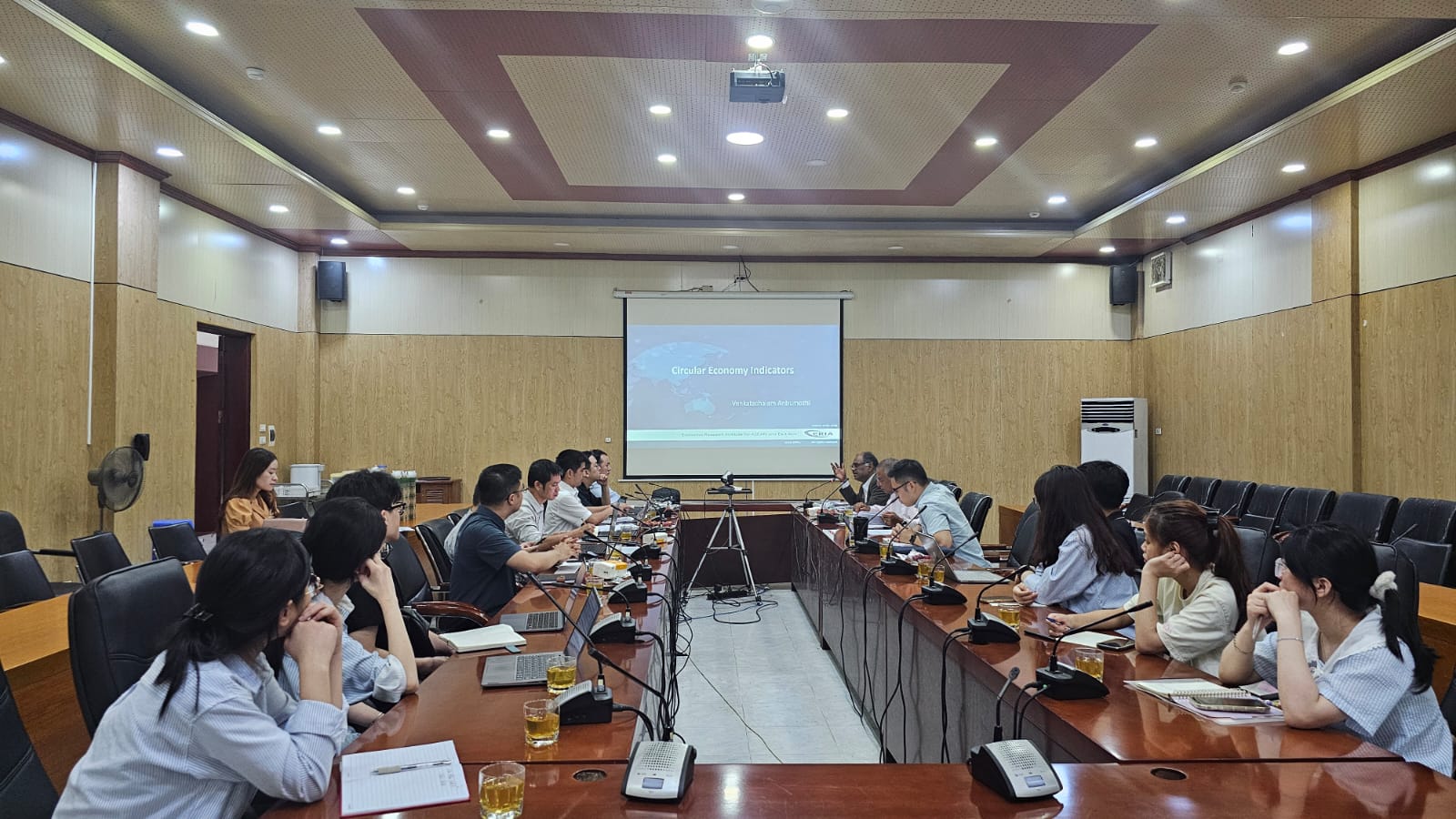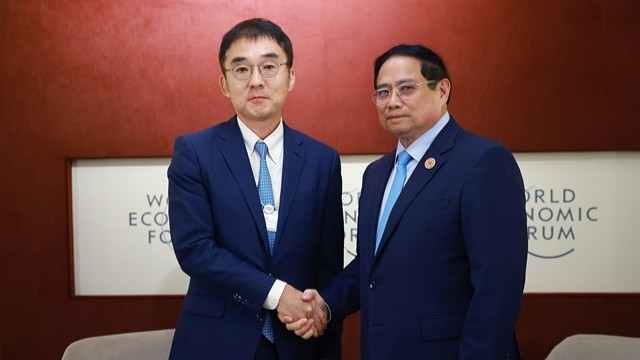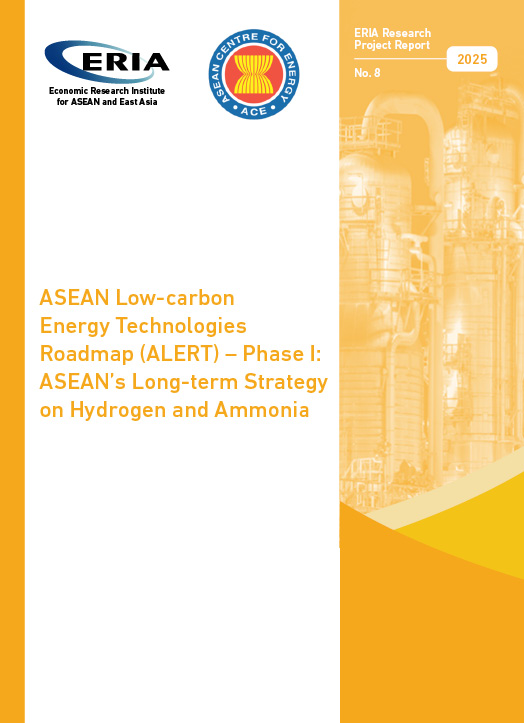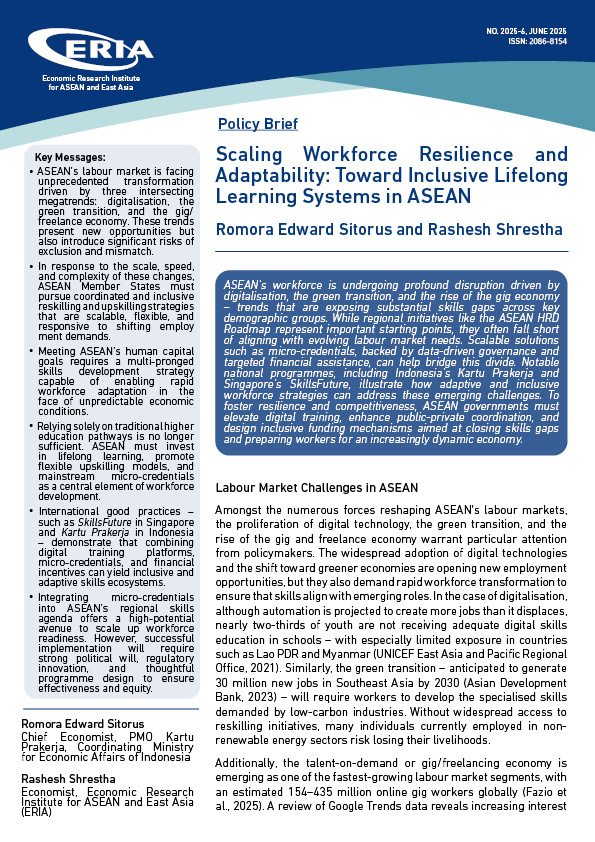Policy Priorities for a Digital ASEAN
Date:
22 September 2020By:
Lurong ChenShare Article:
Print Article:
By Ms Lydia Ruddy and Dr Lurong Chen: Digital connectivity is essential to support e-commerce in the ASEAN. Southeast and East Asia together have the world’s fastest-growing online market with an overall size of $72 billion in 2018, and e-commerce is the most dynamic sector in the region with a projected annual growth rate of 25-35 per cent per year.
In 2019, Southeast Asia’s internet economy including e-commerce, online media, online travelling, and ride-hailing – all representing a market with gross merchandise value exceeding $100 billion, according to a report by Google and Temasek. From 2018 to 2023, the annual growth rate of e-commerce revenue in the ASEAN is projected to be four times as much as that of regional GDP.
To realise the ASEAN’s potential in the digital economy, improving digital connectivity is key, for which one should take into consideration free flows of data with trust, logistics to facilitate free flows of goods and services, connectivity to facilitate cash flows, and seamless links between cyberspace and the physical parts of e-commerce networks.
Connectivity for free flows of data with trust is made up of two parts – physical infrastructure and trust. Overall, the bloc’s physical internet infrastructure looks satisfactory when compared to the world average. However, the development of ICT-related infrastructure is uneven with large development gaps between and within countries.
For example, network coverage, measured by internet penetration, is very uneven and ranges from 81 per cent in Singapore to 22 per cent in Laos. Likewise, development of 4G networks, access to electricity, average internet connection speeds, and affordability also range widely in the ASEAN.
Trust, which is very much dependent on good governance, is even more critical for free flows of data with trust. In the region, the policy regime is underdeveloped and fragmented across countries. So far, ASEAN countries have no common position on regulating cross-border data flows, and some are far more advanced in domestic rule-setting. Indonesia, Malaysia, the Philippines, and Singapore have recently passed new laws. Thailand is considering such rules, and the remainder have no personal data protection laws or regulations.
Reaching consensus on data governance to facilitate ASEAN digital connectivity is difficult, but not impossible. With reference to the policy regime on free trade, we have proposed a policy framework for the free flow of data that is composed of five pillars of policy instruments. These are policies for liberalisation and facilitation; measures to correct or mitigate market failure; policies to reconcile values and social concerns with economic efficiency; efforts to accommodate data flows and data-related businesses in the domestic policy regime; and strategic trade and investment policies.
This sheds new light on international collaboration on rule setting to promote free flow of data with trust.
Economic connectivity
Logistics are also critical for e-commerce. Good logistics can save costs on doing business on- and offline. This means additional efforts to improve both physical connectivity and trade-supporting services are needed. Improving services is at least as important as building infrastructure in many aspects – from speed and accuracy to transparency and reliability. Service efficiency will save trade costs and increase credibility and reliability, and therefore promote online business activities.
E-commerce depends also on financial connectivity. In 2018, digital payments in the ASEAN reached $73 billion. The size is expected to double in three to five years. For e-commerce to succeed, there must be an online means of payment for goods and services.
Currently, various payment solutions for online business coexist in the Asian market such as cash-on-delivery, prepay, credit cards, debit cards, e-banking, mobile payment, smartcards, and e-wallets. By 2023, about two-thirds of all users will make digital payments.
However, in the ASEAN there are wide gaps between countries’ readiness to adopt and use e-payment systems, due mainly to differences in regulatory and policy environments and of innovative products and services. Ensuring a strong future for e-commerce must address several interrelated challenges with e-payment systems including security, privacy, creditability, reliability, and efficiency.
Building and maintaining e-payment systems is a resource-intensive project, which could be a challenge for countries whose domestic banking and financial sectors are still in the early stages of development.
Moreover, difficulties in changing mindsets and policy resistance could also be obstacles to digital adoption. Policy efforts at the regional level, such as establishing industrial standards and harmonising regulations, could help the industry realise economies of scale and support its development.
Extra effort is needed to streamline connections between networks of different countries and coordinate interactions amongst the three functioning networks (information, logistics, and cash flows).
Seamless links between the virtual and physical elements are vital to the functioning of the whole digital ecosystem of the economy, and the establishment of international rules and regulations will enhance the market drivers and strengthen such connectivity.
The region needs substantial efforts on rules and regulations to support digital connectivity, policy action plans to let new technologies and business models serve for inclusiveness, and the combination of countries’ national strategies and regional cooperation. This calls for multilayer cooperation in public–private partnerships (PPP), inter-institutional work, sub-regional cooperation, and government department agreements.
Establish and prioritise
There are five main policy recommendations we believe can drive the ASEAN’s digital transformation.
First is to increase supply of public goods to improve connectivity infrastructure. The public sector should lead in building infrastructure, but the private sector’s involvement will be equally important to ensure the financial sustainability of projects. All related policy instruments will apply including PPPs, intergovernmental cooperation, foreign investment, and so on.
The second recommendation is to collaborate on regional rule-setting for digital connectivity, with priority to support the free flow of data with trust. The related regulations will cover traditional trade issues as well as new issues including cross-border information flow, privacy protection, data localisation, and source codes disclosure.
Third is to establish a digital-friendly environment that ensures free movement and accuracy of information; fairness in access to information; protection of consumers and producers; security of payments; and free trade and investment, and thus fair competition.
Next is to promote value-added services to increase the quality of connectivity in terms of speed, accuracy, transparency, reliability, and security. In particular, institutional efforts are necessary to advance service sector liberalisation and support the digital inclusion of micro-, small-, and medium-sized enterprises.
The final recommendation is to prioritise new technologies that can improve the smartphone economy and internet financial innovation, especially new apps that support the growing ‘m-commerce’ – as in, e-commerce based on smartphones and related devices.
This opinion piece was written by Ms Lydia Ruddy, ERIA's Director of Communications and Dr Lurong Chen, ERIA's Senior Economist. This oped has been published in Vietnam Investment Review. Click here to subscribe to the monthly newsletter.








